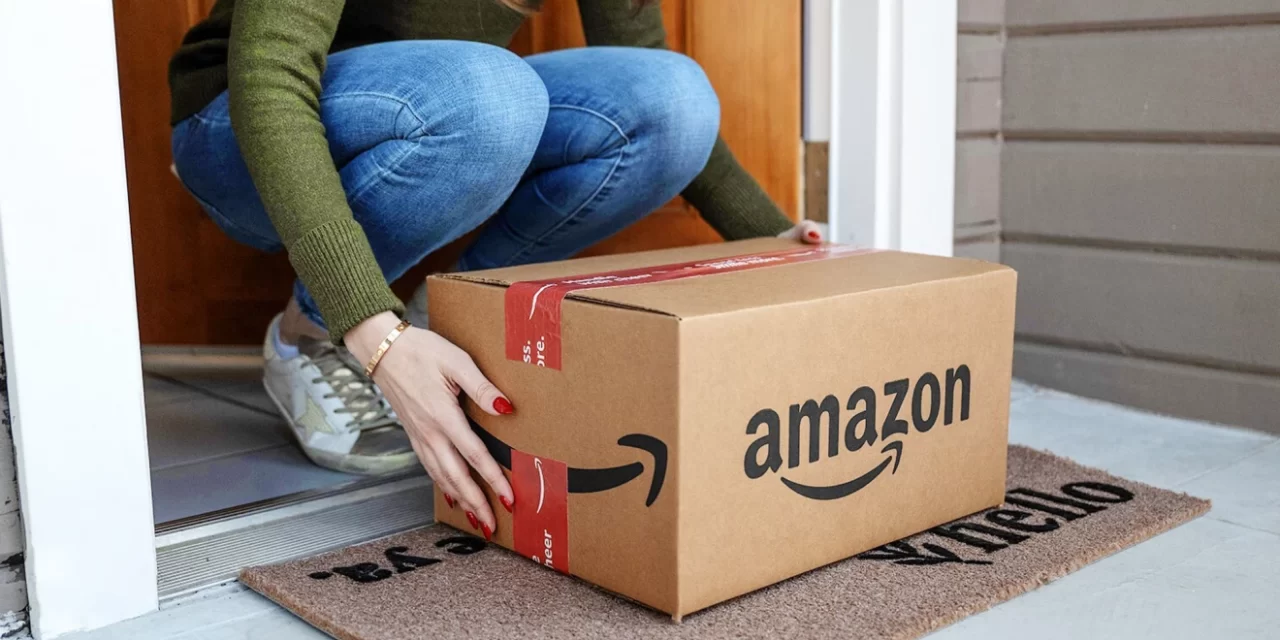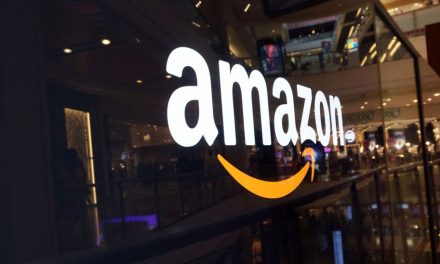
Amazon: There are a number of external factors influencing shipping costs right now

Amazon has quietly upped the minimum spend for shoppers to qualify for free delivery from £25 to £35. It is blaming ‘external factors influencing shipping costs’. Amazon’s claim doesn’t appear to withstand scrutiny of recent delivery cost increases, says the home delivery specialist Parcelhero.
Customers of the e-commerce giant Amazon who don’t belong to its Prime membership scheme must now spend a minimum of £35 to qualify for free home deliveries. That’s a 40% increase over the £25 minimum that was previously in force.
Parcelhero says there have been some issues that have had an impact on couriers and delivery companies, such as rising energy and fuel prices. However, there has been nothing obvious to warrant such a significant hike in Amazon’s minimum spend threshold for free delivery.
Parcelhero’s Head of Consumer Research, David Jinks M.I.L.T., says: ‘Ouch! Whichever way you cut it, a 40% increase in the minimum spend threshold to qualify for free home deliveries seems steep. Amazon says: “There are a number of external factors influencing shipping costs right now.” That’s true.
“However, Amazon is also largely its own delivery service provider. In fact, Amazon Logistics is now the second-largest UK carrier, shipping 0.9 billion parcels in 2023 (17% of the entire UK parcels market). When it runs such an integrated service, how does it justify the new threshold? Many more non-Prime members could now find themselves facing charges of up to £4.99 on individual purchases.
“Of course, Amazon has good reasons for encouraging shoppers to join its Prime Delivery service, where the vast majority of all deliveries are entirely free. Amazon is happy to pour cash into “free” next-day deliveries, Prime Day sales, video streaming services etc, because its Prime customers are loyal; they spend twice as much as non-Prime members on the site.
“However, shoppers must pay £95 a year (or £8.99 a month) to become Prime members. That’s a sizable chunk of money to qualify for free deliveries. Shoppers who wish to avoid a membership fee can avoid a delivery charge by having purchases sent to a participating local shop or parcel locker. Thousands of products are eligible for free delivery for click & collect. However, not all items can be sent to Pickup Locations and not all Amazon sellers are signed up for this option.
“Another way to dodge the threshold increase is to ensure that there are £10-worth of books in your order. That’s significantly less than the £35 limit on other items to qualify for free delivery. It’s a remnant of its early days when Amazon was predominantly an online bookseller. Other items won’t be charged extra providing your order includes at least £10-worth of books.
“Amazon’s argument about external influences on shipping costs also seems weak because the e-commerce giant is now using the extensive logistics network it built up to fulfil Prime next-day orders, to make money as a parcel delivery company in its own right. In the US, it’s now the biggest parcels operator, exceeding both UPS and FedEx in terms of packages delivered. Here, it’s rapidly on its way to capturing 20% of the UK parcels market.
“With such a hefty jump in the minimum free delivery charge threshold, we wouldn’t be surprised to see an increase in Prime members. Prime membership also includes perks such as video streaming, access to audio book services and same-day deliveries and a number of other benefits. Shoppers who plan to take the plunge should do so before 16 July to qualify for Prime Day sales, which often feature significant discounts, especially on Amazon’s own products such as Kindles.”










